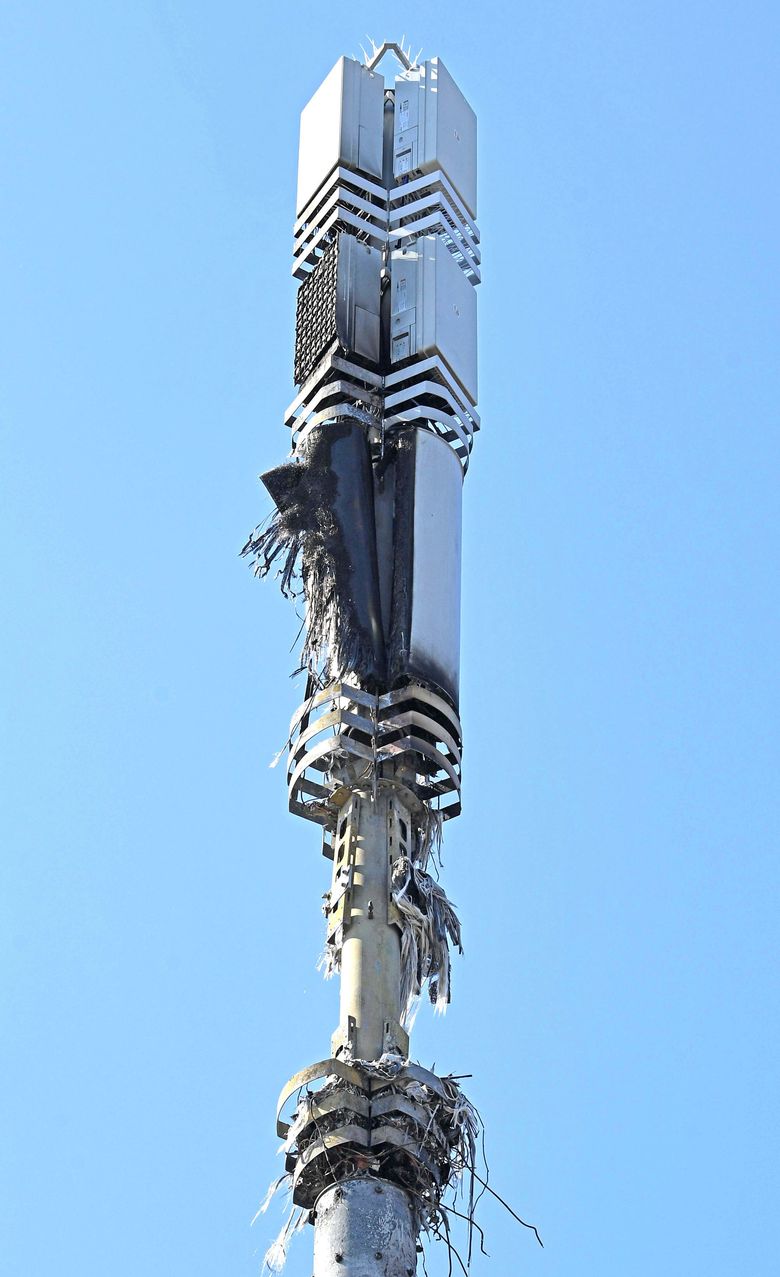If you've ever been through a city you might have noticed tiny 5G cell towers placed on poles for street lighting. They look like little boxes however, they're actually transmitting wireless signals from cellular providers to your phone.
These smaller towers are replacing larger, purpose-built cell towers. While they're less noticeable however, they could cause issues for users.
The of the FCC's Radiation Exposure Thresholds
The FCC's Radiation Exposure Thresholds establish the maximum amount of time a person can be exposed to electromagnetic energy from wireless devices. The exposure limits are based on research that prove that electromagnetic energy can be harmful to health.
The specific absorption rate (SAR) is an indication of the radiofrequency energy that is taken up by tissues. It's typically 1.6 milliwatts per kilogram spread over a Gram of tissue.
Since 5g is able to transmit at higher frequencies, it has the potential to cause greater energy intensity on the skin and other directly-exposed body areas. This could result in a wide range of potential harms, including exacerbated formation of skin disorders such as dermatitis and skin cancer and cataracts.
Due to the possible harmful effects of radiation from 5G, PSU has chosen to create a general maximum power density of four mW/cm2 measured on 1cm2, but not to exceed 30 minutes, for all 5G services at 3000 GHz. This localized limit is in accordance with the maximum spatial-average SAR of 1.6 W/kg averaged over 1 grams of tissues at six GHz.
The FCC's Maximum Exposure Thresholds for Maximum Exposure
If you've ever used a cell phone, you're probably aware that the safest distance from the tower is around 400 meters. This is because the power of transmission from cell towers increases drastically the farther your location from the tower.

While this sounds like an ideal idea, the reality is that those living close to towers could be more prone to health problems. For instance, a study conducted in 2014 in India found that residents who lived within 50 meters from cell towers suffered significant more health issues than those who were far from antennas.
However, this study also revealed that those who relocated to areas that were further from the cell towers saw their symptoms improve within a few days. what is a safe distance from a cell tower has shown that exposure to high amounts of electromagnetic field radiofrequency (EMFs) can lead to brain tumors, cancers as well as other health issues.
This is due to the fact that RF radiation, which is used in wireless communications, may penetrate the human body's outer layer of skin. safe distance to live from cell phone tower is crucial to know since the skin serves as a barrier to protect against mechanical injury, infection caused by pathogenic microorganisms and entry of toxic substances. The skin is the largest organ of the human body. It is responsible for maintaining the integrity of other organs.
The FCC's Minimum Exposure Thresholds
The FCC's Minimum Exposition Thresholds depend on several assumptions that are not supported by evidence from science. They include the false belief that short-term exposures to RF radiation are safe due to minimal radiation penetration in the human body (i.e., tissue heating).
what is a safe distance from a cell tower does not take into account the more extensive penetration of ELF components of modulated RF signals and the effects of brief bursts of heat caused by RF pulses. These assumptions do not correspond with current understanding of the biological effects of RF radiation, and thus, they should not be relied upon for health-protection exposure standards.
Furthermore to that, ICNIRP and FCC restrict their maximum radiation limits for local peak SARs that are based on the peak frequency of absorption (psSAR) which is an inadequate dosimetric tool to determine the degree of radiation exposure. In particular it is inconclusive for frequencies above 6 GHz. In addition, psSAR is not been tested for RF radiation exposed to other environmental agents , such as sunlight. Interactions of RF radiation and other environmental agents could result in antagonistic or synergistic results. This could result in the risk of having adverse health effects. For example, co-exposure to RF radiation and sunlight could raise the chance of developing skin cancer, as well as aggravate other skin conditions like acne.
